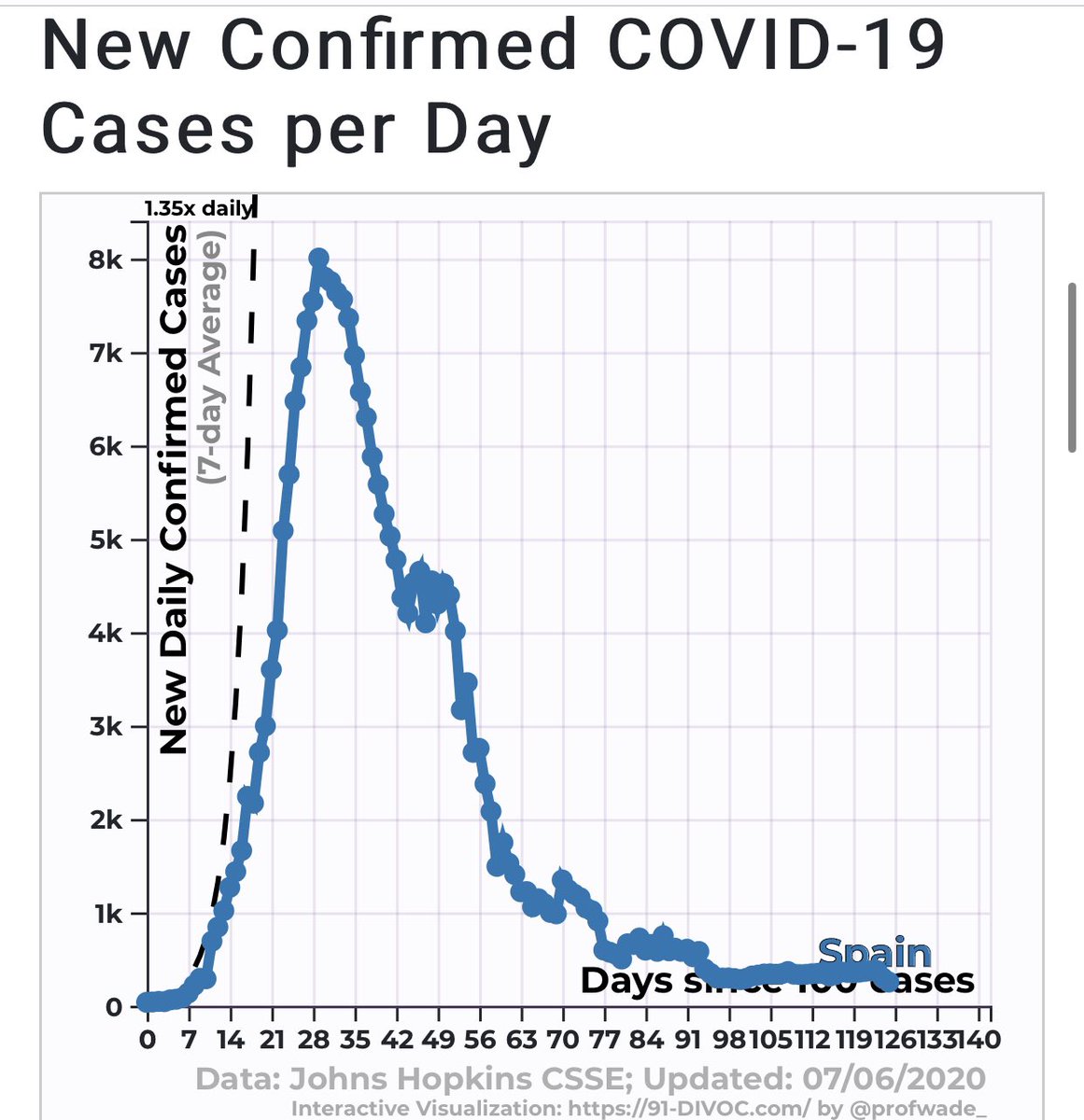In March, I first thought not all people can be susceptible based on Wuhan.
If you have symptoms and PCR positive, then we know seroconversion occurs >90% of the time.
If you screen and detect PCR positivity, only about 50% seroconvert. Explains some of the things in this thread. Thanks @rfsquared






